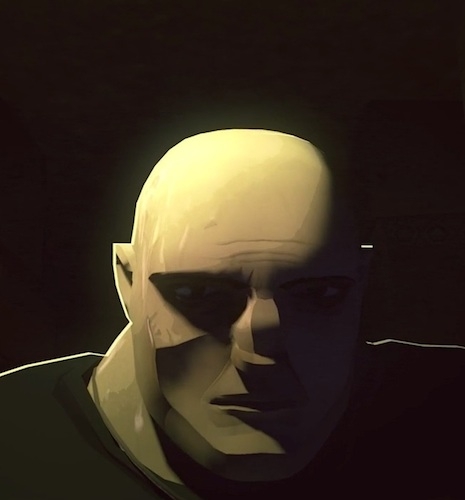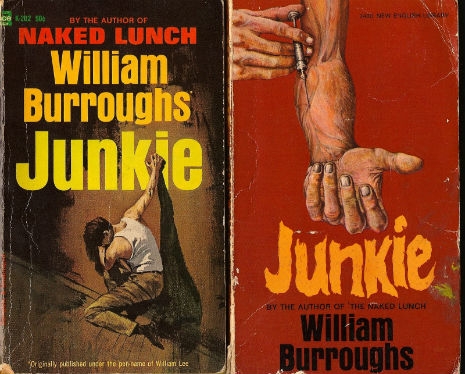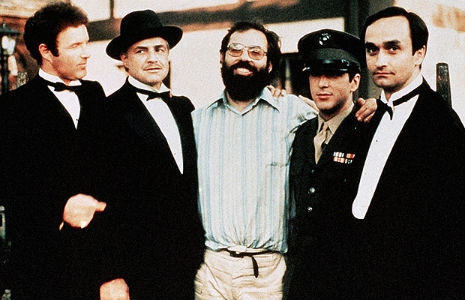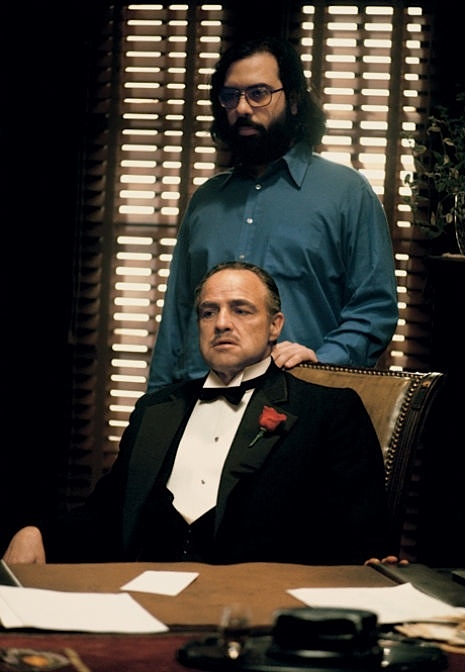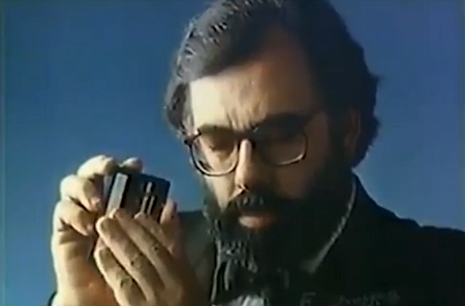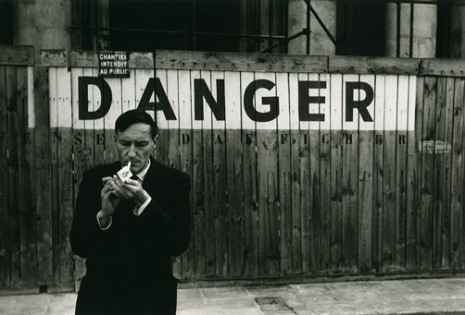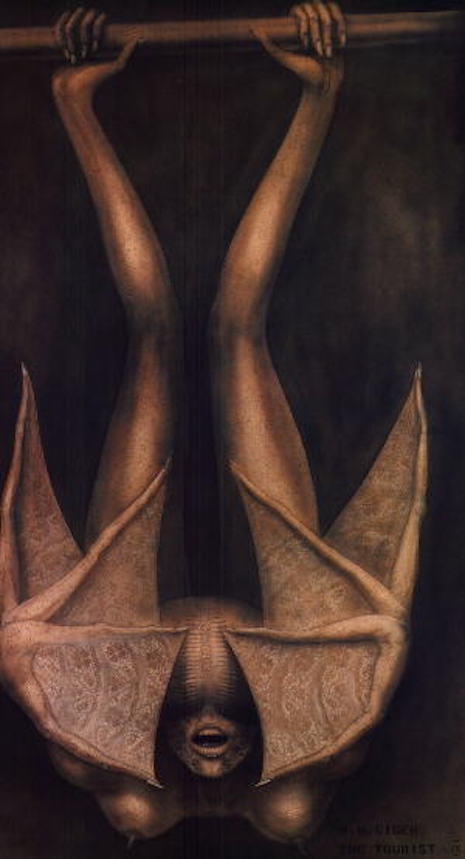
Hollywood is where writers go to watch their screenplays die.
If they’re lucky their scripts will have a short, painless life: They’ll get made, the writer will get paid and then the results will get quickly buried which will allow the writer to move on to something better. If they’re unlucky, then they’ll waste their lives writing screenplay after screenplay that will never get made and see their best ideas plundered by studio execs to make yet another Hollywood monstrosity. Whichever fate, no writer comes out unscathed from Hollywood and the damage done can destroy lives.
Yet every screenwriter is a deluded optimist who believes that they’re going to be the one who will buck the system and be the next Anita Loos or William Goldman or Paul Schrader or Nora Ephron or Robert Towne or Quentin Tarantino. Even the next Shane Black. Writers who create their own autonomy with powerful, original and unique screenplays. It rarely happens, as producers and Hollywood execs do not understand the value of writing and think of scripts as something to be bought off the shelf and used for whatever the hell purpose they like.
When film critic Pauline Kael spent eighteen months working for Warren Beatty’s production company, she was shocked to discover that 98% of the best ideas never made it from page to screen but were thrown out like used Kleenex.
So let’s imagine what it would be like to write a screenplay that nearly every producer who reads it thinks it is the best script they’ve ever read. Now imagine those feral Hollywood execs fighting over it. And artist H. R. Giger creating designs for it—and let’s say Francis Ford Coppola optioning it with Hanna Schygulla or Kim Basinger or Kathleen Turner or even Madonna suggested as its star. Everyone loves your script. Everyone thinks it’s gonna be a hit. Then you realize these fuckers only want your script to cannibalize it into some other film. They’re too scared to make your movie because it’s too original, too clever, too damned good and too fucking weird. And then suddenly, the big hullabaloo stops. No one gives a shit about you or your script anymore. The calls stop. Hollywood is off after its next quick fix and you’re left wondering what the fuck that was all about?
This is kinda what happened to writer Clair Noto and her sci-fi screenplay The Tourist.
Everyone loved Noto’s screenplay—but no one had the guts to actually make it. Instead they wanted to make it into a “product” like every other homogenized piece of shit that comes out of Hollywood.

One of H. R. Giger’s alien designs for Noto’s ‘The Tourist.’
Begun in 1980, The Tourist tells the story of an alien who calls herself “Grace Ripley” stuck on Earth with a bunch of other extraterrestrials. Grace has morphed into human form and works by day as a high-powered business executive in New York. By night she hangs out with her fellow aliens at a club called The Corridor where they have beautiful strange interplanetary sex and bemoan their lives exiled on this third rock from the Sun.
Noto’s inspiration for The Tourist came from fifties sci-fi movie The Day the Earth Stood Still, the story of alien coming to Earth with an ultimatum. Noto liked the idea of an alien walking among us, as she later explained:
I loved the whole idea of a man who could walk around in a boarding house in Washington, who was from another planet and you didn’t recognize his alienness. The idea of a human being who wasn’t a human being had been in my mind for a long time.
Noto’s script was a grown-up science-fiction story with strong female characters.
Grace Ripley, the determined alien fighting her private battles on a male-oriented world; Spider O’Toole, the alienated New Wave human; and even the guards of the Corridor, depicted as strong yet sexy women whose sensuality belied not only their true purpose, but their underlying strength.
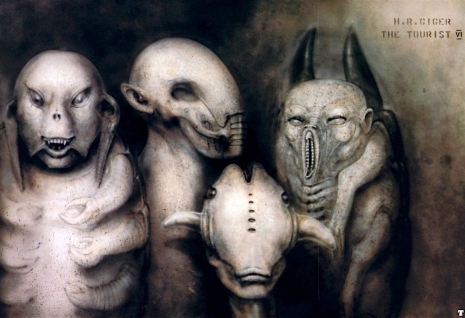
When the film was picked up by Hollywood, Brian Gibson was set to direct. Gibson had made his name directing BBC TV dramas like Dennis Potter‘s The Blue Remembered Hills and the Hazel O’Connor new wave movie Breaking Glass. Noto soon found she was to have no input in the film based on her screenplay:
When they took it away from me they were very nasty; like, ‘Fuck you. We’re going to put it together,’ and they couldn’t do it [Gibson] always looked like a jerk. To my face he was really nasty. I think he regretted it later on. I also think it damaged his career for along time. He couldn’t do anything.
Gibson went on direct Poltergeist II and The Juror. He died in 2004. As Noto later said:
The Tourist didn’t do anybody any good. It hurt me, it hurt a lot of people. [Producer] Renée Missel destroyed herself. You cannot do what people did with that material and not have some fallout. I couldn’t get Renée Missel on the phone. It was terrible, just terrible. She kept belittling the project saying, ‘Nobody’s even going to want to make this movie. Or if they would, it would be a cult movie that would play at midnight like Rocky Horror. Totally insulting about it. She would say things like, ‘I was the only person in town who didn’t like Star Wars.’ My feeling was that this is not a good situation.
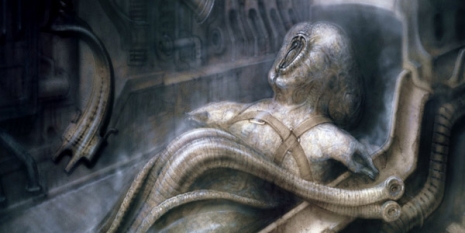
Artist H. R. Giger—the man who created the xenomorph for Alien—was brought into design the exiled extraterrestrials. Giger produced a series of illustrations. But Noto wasn’t even allowed to see any of Giger’s suggestions for her characters. As the situation became untenable, Noto used a get-out clause in her contract to call a halt to the project.
The script was then picked up by Francis Ford Coppola and director Franc Roddam—best known for the films Quadrophenia, Lords of the Discipline and devising the TV series MasterChef—was called in to give his input. Roddam loved Noto’s script, but he also understood how “a producer will take a piece and just say, ‘I own it and I’m going to do what I like with it.’”
Sometimes people have bought scripts and just said, ‘We’ll do the Paul Robeson story, but does he have to be black?’ I’ve actually heard that before. The real story of this piece is Clair’s attempt to protect her vision.
Clair is an extraordinary person. I often think of Clair as being one of the greatest cinematic talents who one doesn’t hear of.
More on the ‘greatest screenplay never made,’ after the jump…

















